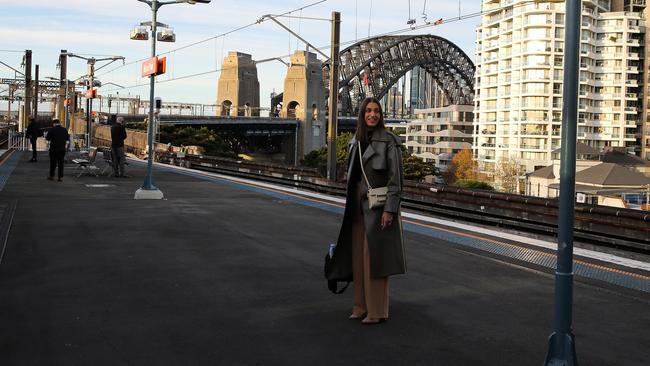Australia, other English-speaking nations lead world in WFH
The latest data on global work from home rates will compound business frustration at failing attempts to get staff back into the office.

Australians, along with counterparts from other English-speaking countries, lead the world in working-from-home rates, far ahead of our economic peers in Europe and Asia.
According to recent research from the Global Survey of Working Arrangements, full-time Australian workers reported working from home an average of 1.27 days per week in April and May this year. Other Anglophone countries topped the list, with Canadians reporting 1.67 days, Britons 1.53 days, and Americans 1.35 days.
By comparison, Germany has the highest rate of WFH in Europe, at 1.04 days per week. Asian nations tend to be near the bottom of the list with South Koreans reporting 0.42 days per week on average and Japanese reporting 0.54 days.
The survey also found that full-time workers in Australia want to work an average 2.23 days a week from home – almost a whole day more than they do at the moment.
This was consistent with the rest of the world, with most of Europe, Asia, and other Anglophone countries reporting their full-time workers wanted around another day a week to work from home more than they had.
The survey polled 42,426 full-time employees in 34 countries and was conducted by academics scattered around the world.

On average, those employees spent 0.9 days a week working from home.
Respondents said the top benefits of working from home were, in descending order: no commute, save on petrol and lunch costs, time flexibility, less time getting ready for work, individual quiet time, spending more time with family and friends, and fewer meetings.
Another report – titled Remote Work across Jobs, Companies, and Space – found that 12.6 per cent of Australian job advertisements in June this year said the position allowed one or more remote working days per week.
This is behind the UK’s 15.9 per cent rate, but ahead of Canada’s 11.9 per cent, the US’s 11.5 per cent, and New Zealand’s 9.26 per cent.
The data shows that before the Covid-19 pandemic struck, Australia had a low proportion of job advertisements which offered remote work – 0.9 per cent in January 2019 – behind Canada, the UK, and the US.
The Australian recently reported that Sydney’s return-to-work effort appeared to have plateaued – much to the chagrin of employers – with Opal tap-offs in Sydney CBD train stations still lagging rates in January 2020, just before the pandemic.
There was less traffic on Mondays and Fridays in particular, with 20 per cent lower tap-off rates in the morning.
Nonetheless, there was a 30 per cent increase in the average number of weekday Opal card tap-offs in the Sydney CBD since last year.








To join the conversation, please log in. Don't have an account? Register
Join the conversation, you are commenting as Logout